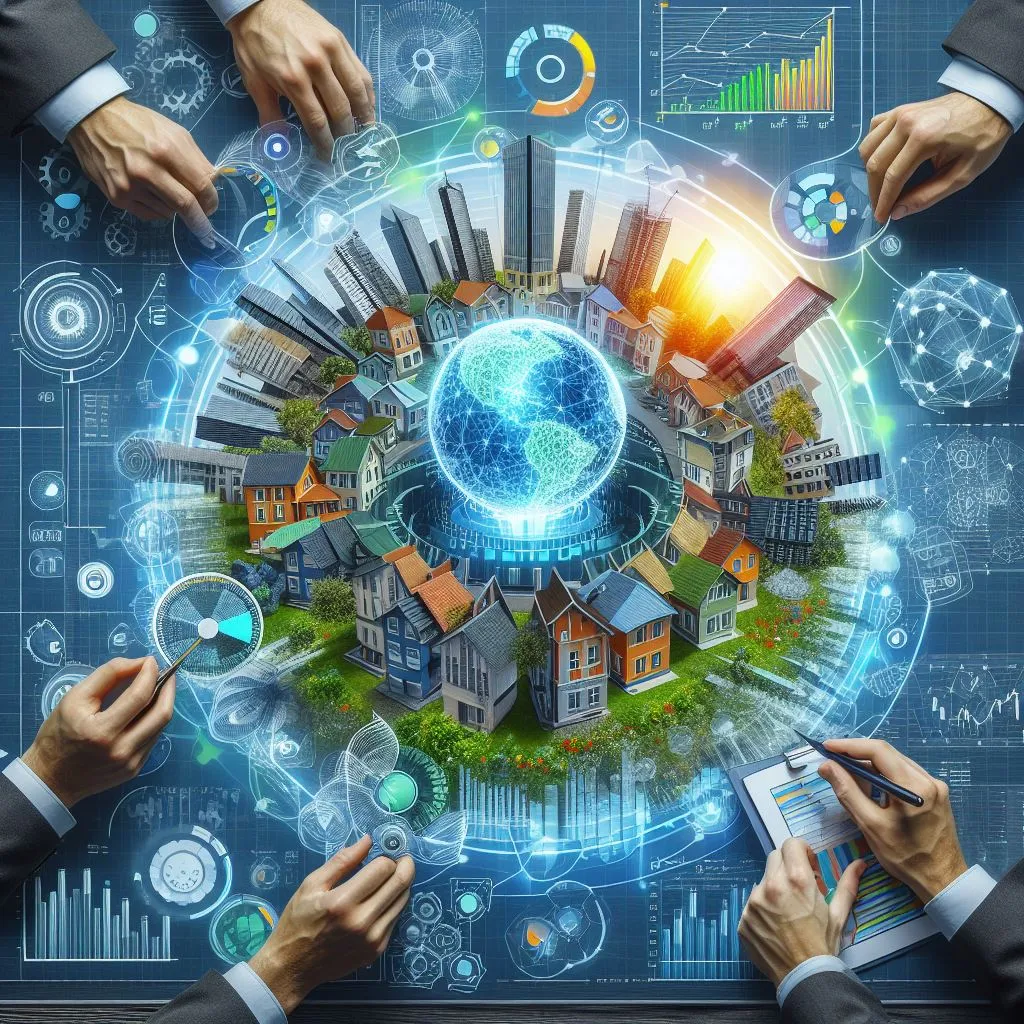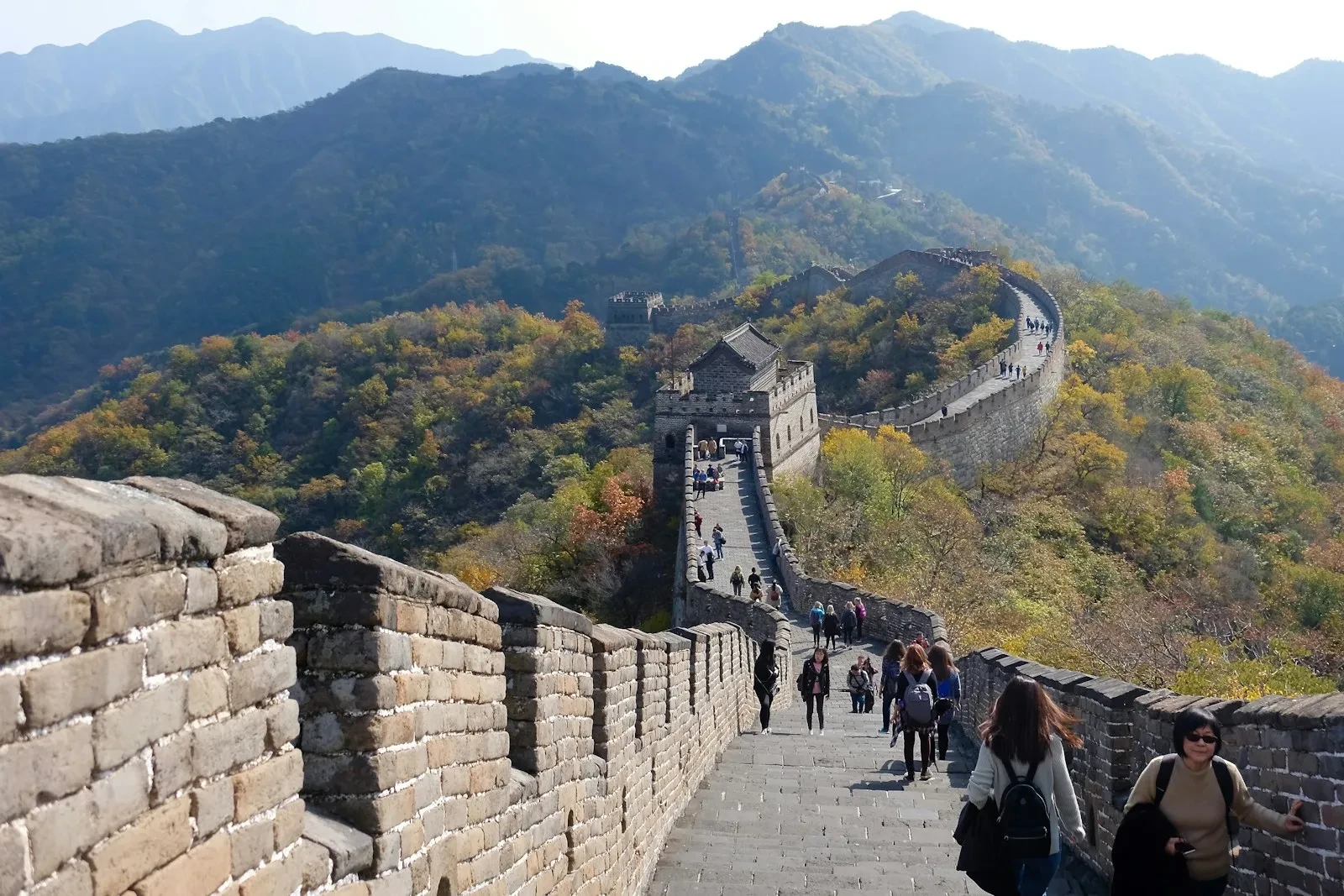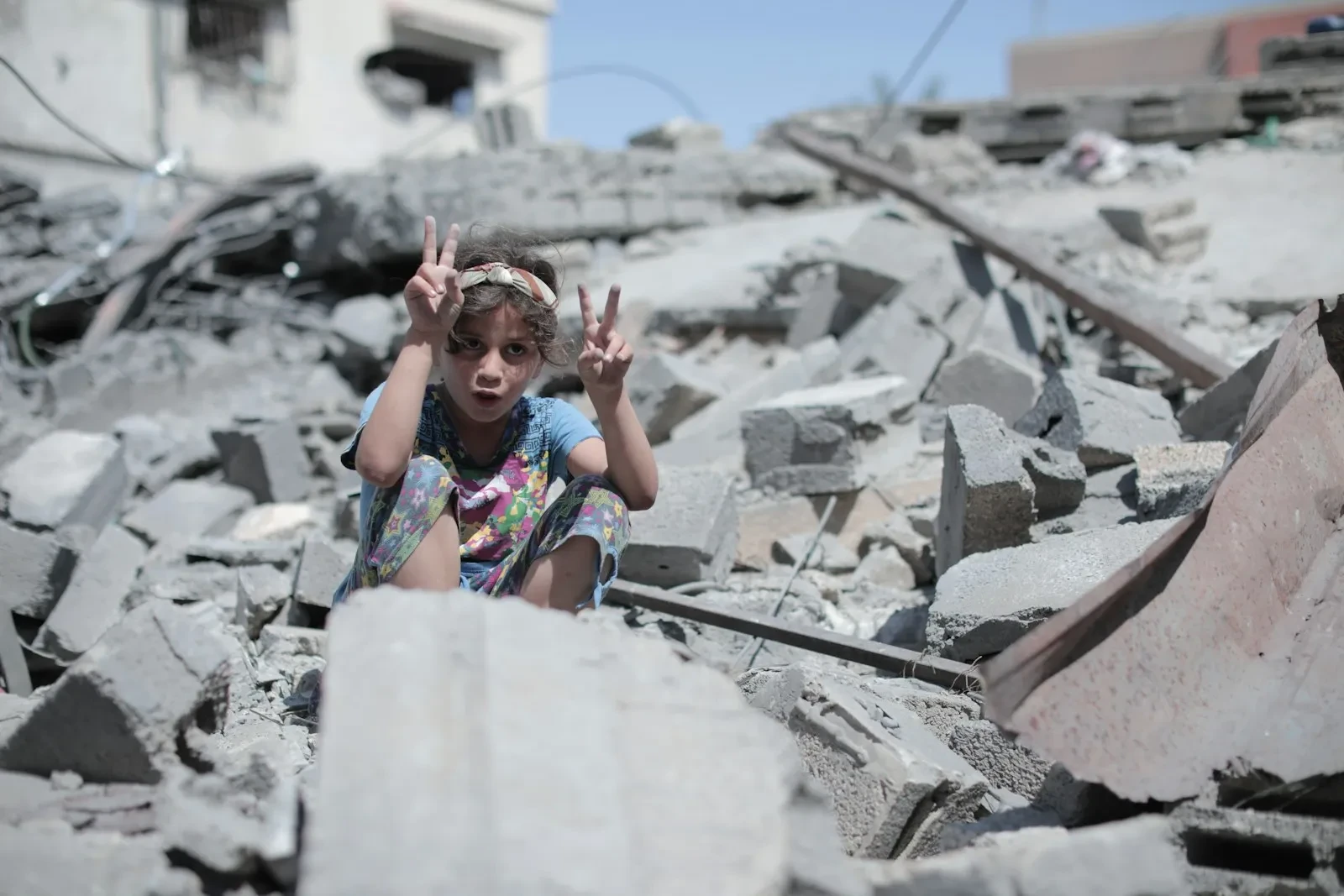jlk – Property is one of the most lucrative sectors for entrepreneurs. After all, land and building prices continue to rise from year to year, even amidst the pandemic.
It’s no wonder that many people are racing to own property as an investment or a place to live. However, behind the glitter of the property business, there are also heartbreaking stories experienced by those who cannot afford to buy or rent a home.
They are forced to live under bridges, by the railroad tracks, or in uninhabitable slums. This is a depiction of the social inequality that occurs in Indonesia, between the rich and the poor.
Social inequality is a condition where there is a very large difference between the wealthy and the poor in terms of income, wealth, and opportunities.
This means that people who have a lot of money and assets become richer, while those who don’t have become poorer.
According to data from the Central Statistics Agency (BPS), Indonesia’s Gini ratio in March 2020 reached 0.375, indicating a fairly high level of inequality.
The Gini ratio is a measure used to assess the level of income inequality, with values ranging from 0 to 1. The closer it is to 1, the higher the inequality.
One of the factors causing social inequality is injustice in the distribution of access to utilize resources in a region.
For example, access to education, healthcare, infrastructure, and property. Property, especially housing, is a basic human need that must be fulfilled.
However, in reality, many people cannot afford to own a home because of high prices or the unavailability of land. Meanwhile, the wealthy can easily buy houses, even owning more than one.
Some even buy houses just to rent them out or sell them again at a higher price, without considering the needs of others.
This certainly leads to dissatisfaction and unhappiness among the people. The poor feel unappreciated and overlooked by the government and property entrepreneurs.
They feel hopeless and have no bright future. They are trapped in a cycle of poverty that is difficult to break. They are also vulnerable to various social problems, such as crime, disease, violence, and radicalism.
On the other hand, the wealthy feel satisfied and proud of their wealth. They feel entitled to enjoy life with all its luxuries and comforts.
They also tend to be arrogant, selfish, and indifferent to the fate of others. They feel safe and protected by law and power.
However, property should be a means to reduce social inequality, not exacerbate it. Property can be a productive asset that can be used to improve the welfare and quality of life of society.
Property can also be an instrument to strengthen solidarity and togetherness among fellow human beings.
How? One way is by implementing the concept of social property, which is property owned and managed collectively by the community, with the aim of meeting collective needs, not for personal profit.
Social property can take the form of apartment buildings, community housing, communal housing, or shared housing. This property can benefit society by:
- Providing decent, safe, and comfortable housing for the community, especially for those with low incomes.
- Increasing community involvement and participation in property management, thus enhancing ownership and responsibility.
- Encouraging cooperation and mutual assistance among property occupants, thereby increasing respect and appreciation for each other.
- Creating business opportunities and job opportunities for the community, such as providing public facilities like shops, cafes, offices, or places of worship.
- Improving the aesthetic and environmental value of the property, for example, by implementing environmentally friendly, energy-efficient, and creative designs.
Social property is one solution that can be tried to address social inequality in Indonesia. However, of course, social property cannot stand alone without support from various parties, such as the government, entrepreneurs, academics, NGOs, media, and the community itself.
All parties must synergize and collaborate to realize social property that is beneficial to all. Social property is not just about physical buildings but also about the social values contained within.
Social property is about how we can live together peacefully, harmoniously, and prosperously, regardless of differences in status, class, or group. Social property is about how we can become better human beings.
Thus, Kisanak,












